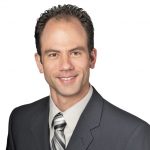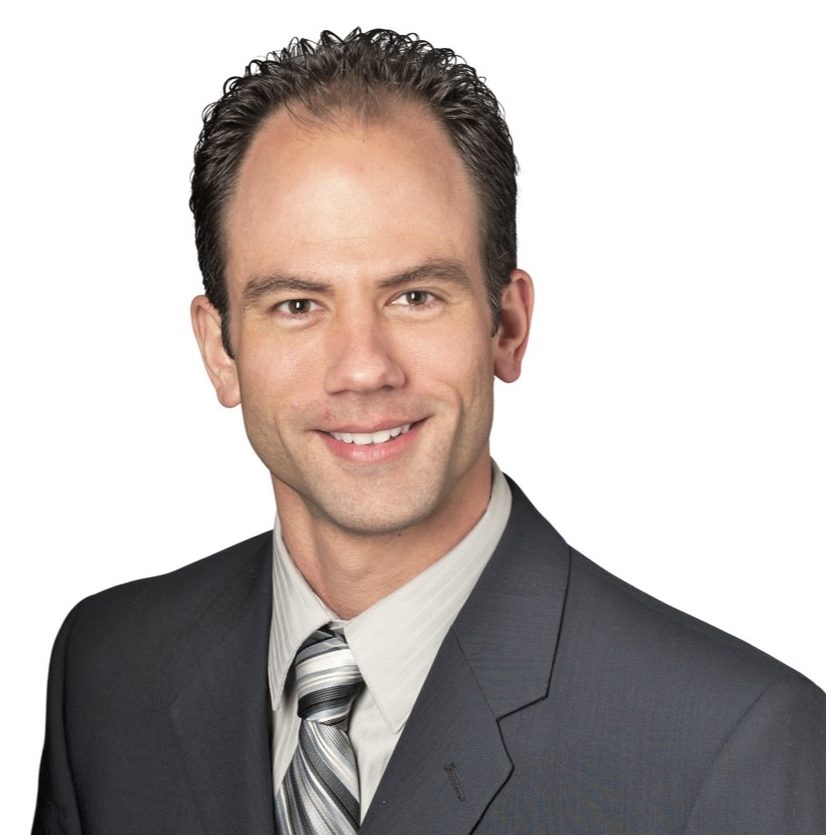Writing a personal statement for your resume can help recruiters and hiring managers get a better idea of who you are as a candidate and how your experience and achievements align with the company’s mission. Learn what to include and how to format this section in this personal statement writing guide.
What Is a Resume Personal Statement?
A resume personal statement is a few short sentences at the top of your resume that provide an overview of your professional background and experience. It’s designed to create a strong first impression and catch the hiring manager’s attention quickly. This is important considering research shows most recruiters spend just seconds per resume on average.
A personal statement differs from a resume objective in that it focuses on showing the hiring manager why you’re a good fit for the company’s needs instead of talking about your personal career goals.
Key Elements of a Strong Resume Personal Statement
Clarity and conciseness
A personal statement should be brief — no more than two to four sentences. Space is at a premium on your resume, so convey your message as clearly as possible, and leave out unnecessary details. Fragment sentences are fine, as long as they are still cohesive and otherwise grammatically correct.
Relevance to the job role
Focus on your most relevant experience and qualifications in your personal statement, and tailor this section to each job. Look for keywords or must-have skills from the job description that you can include. For example, if the position requires a specific certification that you have, make sure this is included in the statement.
Highlights key skills and achievements
Resumes cover a lot of information in a small amount of space, and it’s easy for hiring managers to gloss over your contributions. Ensure they notice your most relevant skills and accomplishments by including them in the personal statement as well as a separate key skills list.
How To Write a Personal Statement for a Resume
Start with a strong opening line
How to start a resume personal statement depends on the position, but begin strong with an opening line that grabs the recruiter’s attention and shows that you’re an immediate fit for the position. Include a key metric, such as how many years of experience you have, or a specific industry skill.
Focus on your most relevant skills and experience
Look through the required skills and experience in the job description, and pick the top three to five that match your professional background. Include these in your personal statement by tying them to career accomplishments or general strengths and proficiencies.
Include some personality
While a resume should always be a professional document, more employers are looking for candidates who are a good cultural fit for the company. Injecting a little personality into the personal statement by showing how your passions and aspirations align with the organization’s mission or goals can help you stand out.
Professional Personal Statement Examples for Job Applications
Personal statement for entry-level job seekers
A 2023 marketing degree graduate specializing in social media strategy with internship and volunteer experience in multiple verticals. A proven track record of working with cross-functional teams to create multimedia content, manage social media calendars, and host live events across various social platforms to increase user engagement and support campaigns.
Personal statement for mid-level professionals
Dedicated and results-driven business analyst with over seven years of experience. Background in fuel-related systems optimization and renewable energy. Possesses a strong analytical mindset coupled with excellent interpersonal and communication skills. Leads cross-functional teams, conducts data analysis, and identifies opportunities for process enhancement.
Personal statement for senior-level and executive roles
A digital marketing director with over 10 years of experience defining marketing strategies for enterprise organizations. A proven track record of building high-performance marketing teams and collaborating with C-level executives. Adept at leveraging data-driven strategies to enhance market penetration and achieve positive business outcomes.
Personal statement for career changers
Experienced and dedicated technical support professional seeking to leverage skills in customer relations and product sales. Recognized for ability to find creative solutions and communicate complex instructions in a user-friendly manner. Adept with customer relationship management (CRM) software.
Best Practices for Crafting the Best Personal Statements for Resumes
Tailor your statement for each application
Your resume should be customized for every job application you submit, and this includes your personal statement. Tweak the wording to reflect the keywords in the job description, and mirror the action verbs in the posting.
Keep it simple and straightforward
Your personal statement isn’t the place for industry jargon or overly complex language. While it’s fine to use key terms already present in the job description, stick with a clear, professional tone and easy-to-read language. Clear communication is an important skill for nearly every job, and your resume should reflect your abilities.
Proofread for clarity and accuracy
Just a few typos in your resume can dramatically reduce your chances of getting an interview. Always spend a few minutes checking your document for grammatical errors or inconsistencies before you hit the submit button. This is especially true for the personal statement because it’s the first section the hiring manager will read and is prone to errors when you’re adjusting it for each job.
Seek feedback
Ask a mentor or career advisor to take a look at your personal statement before you finalize it. They can help you identify confusing or vague words, suggest areas that could be more concise, and help you look for typos and other errors.
Additional Resources
- Action Verbs, Power Words, and Strong Synonyms To Use on Your Resume
- Headline Examples for Your Resume
- How To Build a Professional Resume (Plus Examples and Templates)
- How To Write a Convincing Resume Profile
Frequently Asked Questions About Crafting a Professional Personal Statement
A personal statement is often also referred to as a resume summary. While the two are similar and almost interchangeable, there is one key difference. A resume summary pulls from your professional experience and skills to provide a two-second summary for the hiring manager.
Though a personal statement is formatted in the same way, there’s a little more leeway in what you can include. For example, a writer may add that they are passionate about the Oxford comma, and a French translator may indicate their love for classic French literature.
One of the best personal statement tips for job seekers is to use this section as part of your personal branding. Many applicants are likely to have a similar professional history or skills and qualifications, and it’s who you are as a whole candidate that can help you stand out.
The personal statement section is a place where you can immediately catch the hiring manager’s attention and give them something to remember you by, whether that’s being a Six Sigma Black Belt or having advanced Excel skills.
Your overall resume length should be between one and two pages, and your personal statement is a small fraction of that. In general, the personal statement should be about two to four sentences long, but depending on your resume formatting, it can be more helpful to measure it in lines of text. In most cases, it should be four to five lines at a maximum.
Resume Templates offers free, HR approved resume templates to help you create a professional resume in minutes. Choose from several template options and even pre-populate a resume from your profile.


